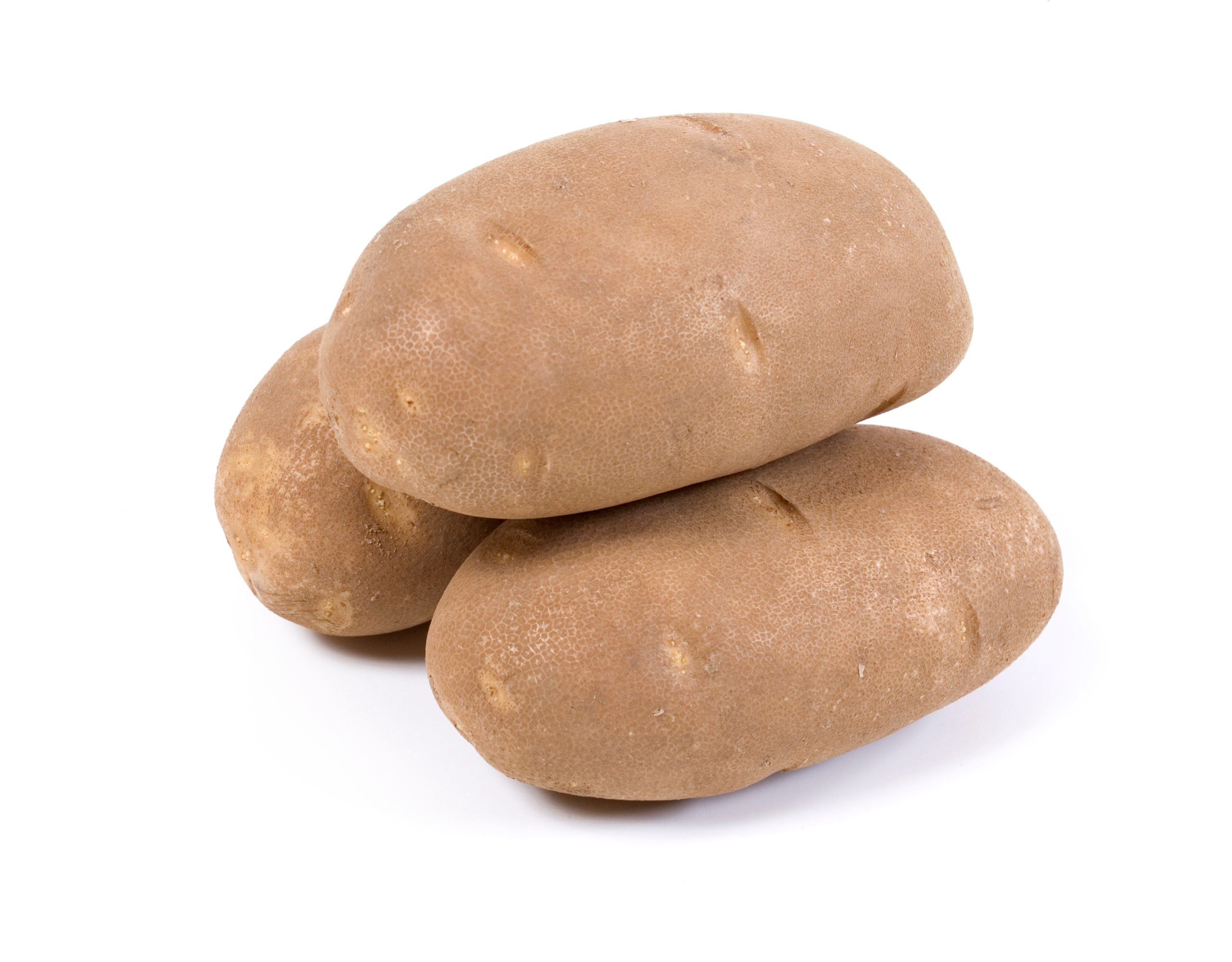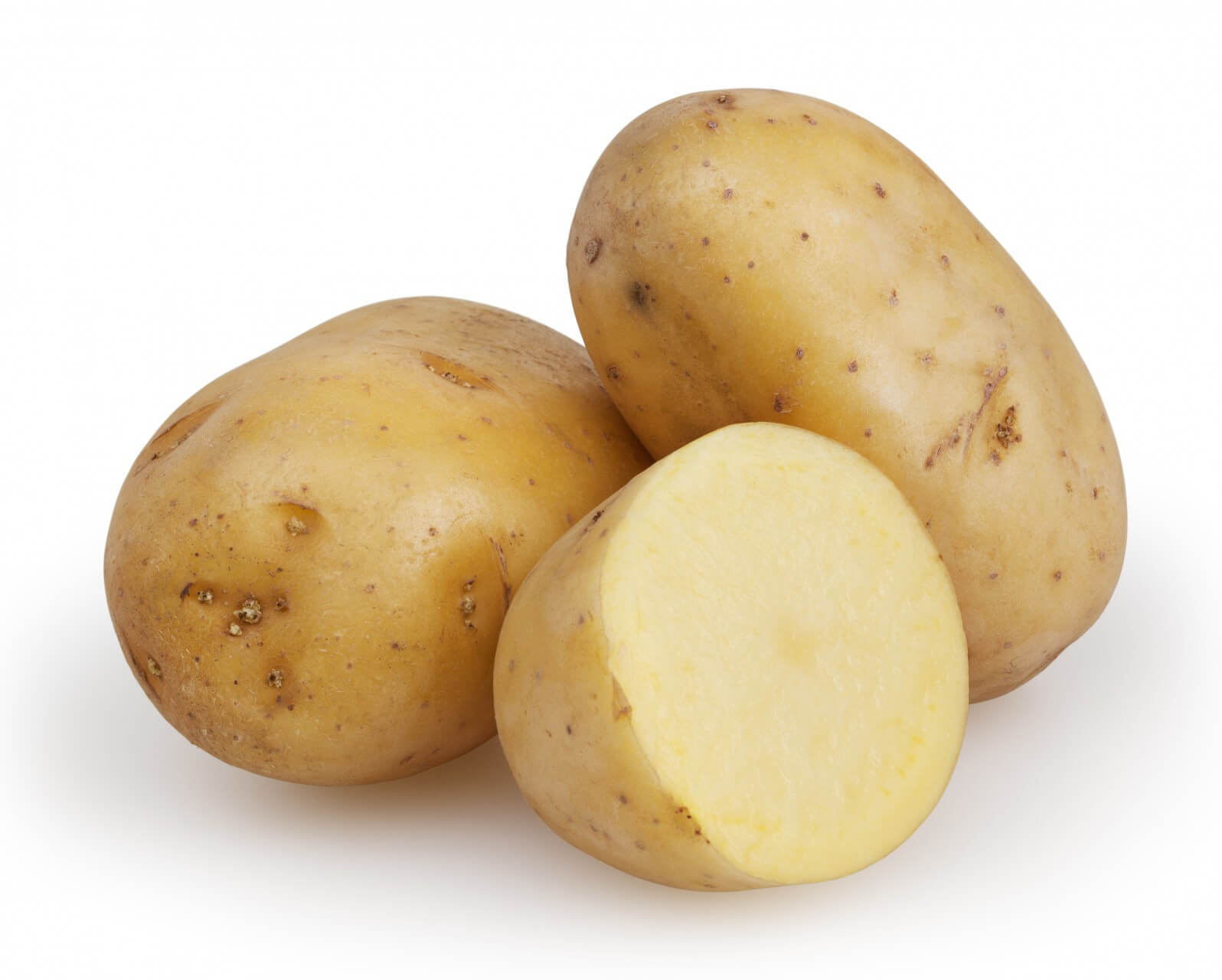The Quest For The Largest Russet Potato: Unearthing Giants
There is something truly captivating about things that are truly big, isn't there? From the biggest lake you might ever hear about, to the largest snake that once roamed the Earth, our minds just seem to gravitate towards scale. It's that very human fascination that draws us to stories of immense vegetables, especially when we talk about something as humble, yet as versatile, as the potato. Today, we're going to explore the exciting hunt for the largest russet potato, a true marvel from the soil.
For many, a potato is simply a side dish, a humble ingredient for dinner, which is, in some cultures, considered the main or largest meal of the day. Yet, for some dedicated growers and curious food enthusiasts, the russet potato holds a special kind of magic, especially when it reaches extraordinary sizes. It’s not just about cooking with it; it's about the sheer wonder of growth, the patience involved, and the joy of finding something truly remarkable.
So, what makes a russet potato the "largest"? Is it the heaviest one, the longest one, or perhaps the one with the most overall mass? Well, it could be argued, in a way, that "largest" often refers to the one with the greatest surface area or overall scale, while "biggest" might suggest volume or weight, though the terms are often used interchangeably, as you might hear when people compare the largest lake to the biggest lake. Regardless of the exact definition, the idea of a truly giant russet potato is, quite honestly, pretty exciting.
Table of Contents
- What Makes a Russet Potato So Special?
- The Allure of Giant Produce
- How to Grow a Giant Russet Potato
- Famous Giant Potatoes (and Their Stories)
- The Science Behind the Size
- Cooking with a Colossal Russet
- Frequently Asked Questions About Giant Potatoes
- Joining the Giant Potato Community
What Makes a Russet Potato So Special?
Russet potatoes, sometimes called Idaho potatoes, are, you know, a very popular type of potato, known for their rough, brown skin and fluffy, white interior. They are a staple in kitchens all over, perfect for baking, mashing, or making those wonderfully crispy fries. What makes them particularly interesting for giant growing is their natural tendency to grow quite large even under normal conditions. Their hearty nature and robust growth habit make them a prime candidate for those aiming to cultivate a truly giant russet potato.
These potatoes have a relatively high starch content, which is why they get so fluffy when cooked. This characteristic also contributes to their potential for substantial size. When you provide the right conditions, a russet potato plant can really put all its energy into developing just a few, but very impressive, tubers. It's almost like the plant is focusing all its efforts into creating a masterpiece, if you will.
The Allure of Giant Produce
Why do people get so excited about growing a giant russet potato, or any giant vegetable for that matter? Well, for one thing, it's a testament to skill and patience. It’s a bit like a friendly competition, where growers try to outdo each other, pushing the limits of what nature can do with a little help. There's a real sense of accomplishment that comes with unearthing a vegetable that is far bigger than anyone expects.
Then, too it's almost, there's the sheer spectacle of it. A truly massive potato is a conversation starter, a photo opportunity, and, honestly, just plain fun. Imagine showing off a potato that weighs more than a small child! It captures the imagination and connects us to the earth in a very tangible way. It's a celebration of abundance and the surprising generosity of the garden.
For many, this pursuit is also about connecting with nature and understanding the delicate balance required for optimal growth. It's a hands-on lesson in horticulture, where every decision, from soil composition to watering schedules, plays a part in the final outcome. It’s a very rewarding hobby, quite frankly.
How to Grow a Giant Russet Potato
Growing a giant russet potato isn't just about luck; it takes a good deal of planning and consistent care. While a regular potato patch might yield nice, edible spuds, coaxing a truly enormous one requires a bit more dedication. Here are some pointers, you know, to help you on your way.
Picking the Right Spot
First off, potatoes absolutely love sunlight. So, pick a spot in your garden that gets at least six to eight hours of direct sun every single day. This is pretty crucial for robust growth. Also, make sure the area has good drainage. Potatoes don't like sitting in soggy soil; it can lead to rot, which is definitely not what you want for your future giant russet potato. A raised bed or a large container can sometimes offer better control over soil conditions and drainage, which is something to consider.
Soil Preparation is Key
This is arguably the most important step. A giant russet potato needs incredibly rich, loose soil. You want to amend your soil with plenty of organic matter, like well-rotted compost or aged manure. This provides all the good nutrients your potato plant will need to grow to an impressive size. The soil should be loose enough for the tubers to expand easily without hitting too much resistance. A slightly acidic soil, with a pH between 5.0 and 6.0, is generally ideal for potatoes.
You might also want to consider "hilling" your potatoes as they grow. This means adding more soil or compost around the base of the plant as it gets taller. This encourages more tubers to form along the stem and protects the developing potatoes from sunlight, which can turn them green and inedible. This extra soil also gives the growing potato more room to expand, which is quite helpful for a giant russet potato.
Watering and Feeding Your Giants
Consistent moisture is vital, especially when the potatoes are forming. You don't want the soil to dry out completely, but you also don't want it waterlogged. Aim for a deep watering a couple of times a week, depending on your climate and soil type. Uneven watering can lead to oddly shaped potatoes or even cracking, which, you know, isn't ideal for a record contender.
As for feeding, a balanced fertilizer at planting time, followed by a potassium-rich fertilizer once the plant starts to flower, can really give your giant russet potato a boost. Potassium helps with tuber development. Some growers even experiment with liquid feeds every couple of weeks to ensure a steady supply of nutrients, which, honestly, can make a real difference.
Patience and Protection
Growing a truly large russet potato takes time. You'll need to let the plants grow for a longer period than you would for regular harvest. Keep an eye out for pests and diseases, and address them promptly. A healthy plant is a happy plant, and a happy plant is more likely to produce a giant russet potato. Protecting your plant from anything that might stress it out is a pretty big deal.
Some dedicated growers will even "prune" their potato plants, removing some of the smaller flowers or even some of the developing tubers, to encourage the plant to put all its energy into just a few, potentially giant, potatoes. This is a bit of an advanced technique, but it can be quite effective for those aiming for truly colossal results.
Famous Giant Potatoes (and Their Stories)
While specific records for the largest russet potato can fluctuate, the world of giant vegetables is full of incredible stories. For instance, there have been potatoes discovered that weigh dozens of pounds, sometimes resembling small boulders more than typical spuds. These stories often make local news, sparking curiosity and inspiring other gardeners.
One notable potato, though not a russet, was a potato from New Zealand that gained worldwide attention, reportedly weighing over 17 pounds. While this particular potato was later found not to be a potato at all, the sheer excitement it generated shows just how much people love these giant vegetable tales. It really captured the imagination, you know? It’s a testament to the fact that people are always interested in the largest or the biggest of anything.
These incredible finds often happen when someone is just digging up their garden and stumbles upon an unexpected behemoth. It's a delightful surprise, and a reminder that nature, with a little help and the right conditions, can produce truly amazing things.
The Science Behind the Size
The ability of a potato to grow to an extraordinary size is rooted in plant biology and genetics. Potatoes, being tubers, are essentially storage organs for the plant. They store starches and sugars produced through photosynthesis. The more efficient the plant is at photosynthesis and nutrient uptake, the more resources it can shunt into its tubers.
Factors like ideal soil structure (loose, well-aerated), consistent water availability, and a balanced supply of macro and micronutrients (especially potassium for tuber development) all contribute to a plant's ability to maximize its storage capacity. Genetic predisposition also plays a role; some potato varieties are simply bred to produce larger tubers

Russet Potato

Russet Potato Products & Other Potato Varieties Ventura County

Russet Potatoes (Recipe and Tips!)